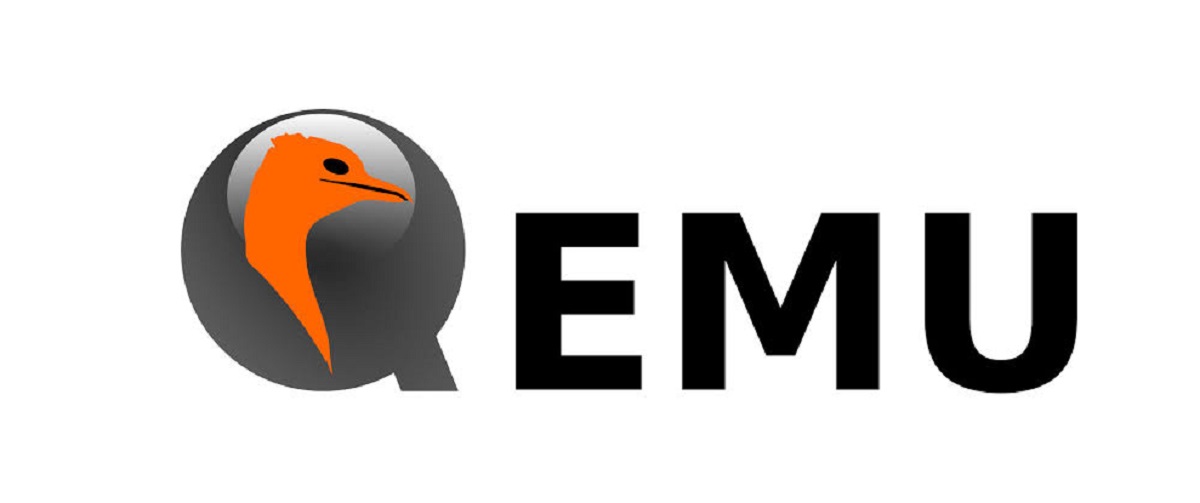
Few days ago the release of the new version of QEMU 7.0 was announced, which allows you to run a program built for one hardware platform on a system with a completely different architecture, for example, running an ARM application on an x86-compatible PC. In virtualization mode in QEMU, the performance of code execution in an isolated environment is similar to that of a hardware system due to the direct execution of instructions on the CPU and the use of the Xen hypervisor or KVM module.
Over the years of development, full emulation support for 14 hardware architectures was added, the number of emulated hardware devices exceeded 400. In preparation for version 7.0, over 2500 changes were made from 225 developers.
Main novelties of QEMU 7.0
In this new version of QEMU 7.0 that is presented, the Intel AMX instruction set support (Advanced Matrix Extensions) implemented in server processors Intel Xeon Scalable plus it has been added to the x86 architecture emulator. AMX offers new custom TMM “TILE” registers and instructions for manipulating data in these registers, such as TMUL (Tile matrix MULtiply) for matrix multiplication.
Another change that stands out is that flexibility of backing up active images has been improved current system (a snapshot is created, after which a copy-before-write (CBW) filter is applied to update the status of the snapshot, copying data from areas that the guest system writes to). The ability to access a snapshot with a backup is not provided directly, but rather through the snapshot access block device driver.
ARM emulator for 'virt' machines added support for virtio-mem-pci, guest CPU topology detection and PAuth enablement when using a KVM hypervisor with an hvf accelerator, plus added support for PMC Flash OSPI and SLCR driver emulation in the 'xlnx-versal-virt' board emulator.
The architecture emulator RISC-V adds KVM hypervisor support and implements the Vector 1.0 vector extensions, plus support for loading OpenSBI (RISC-V Supervisor Binary Interface) binaries for emulated 'spike' machines has been added. For emulated 'virt' machines, the ability to use up to 32 processor cores and support for AIA is implemented.
Of the other changes that stand out:
- The HPPA architecture emulator provides up to 16 vCPUs and an enhanced graphics controller for HP-UX VDE/CDE user environments.
- Added the ability to change the boot order of SCSI devices.
- Added support for using up to 4 CPU cores, loading an external initrd image, and automatically generating a device tree for a bootable core in the OpenRISC architecture emulator for 'sim' boards.
- The PowerPC architecture emulator for emulated 'pseries' machines has implemented the ability to run guest systems under the control of a nested KVM hypervisor. Added support for the spapr-nvdimm device.
- Added support for XIVE2 interrupt handler and PHB5 handlers for 'powernv' emulated machines, improved support for XIVE and PHB 3/4.
- Support for z15 extensions (Miscellaneous-Instruction-Extensions Facility 3) has been added to the s390x architecture emulator.
- Classic TCG (Tiny Code Generator) has removed support for hosts with ARMv4 and ARMv5 CPUs that do not support unaligned memory access and do not have enough RAM to run QEMU.
- Support for security labels in the virtiofs module, which is used to forward part of the file system from the host environment to the guest system, has been improved.
- Fixed vulnerability CVE-2022-0358, which allows you to escalate your privileges on the system by creating executable files in directories forwarded via virtiofs, owned by another group and equipped with the SGID flag.
Finally if you are interested in knowing more about it of the changes and novelties that are presented in this new version of QEMU 7.0 you can check the details and more in the following link